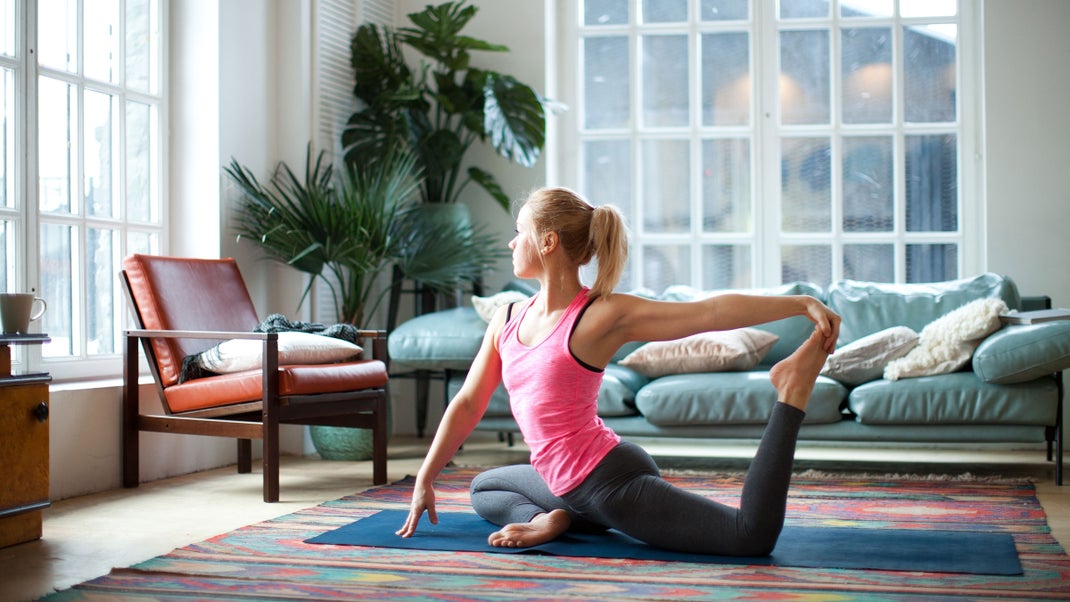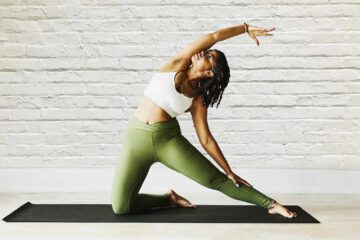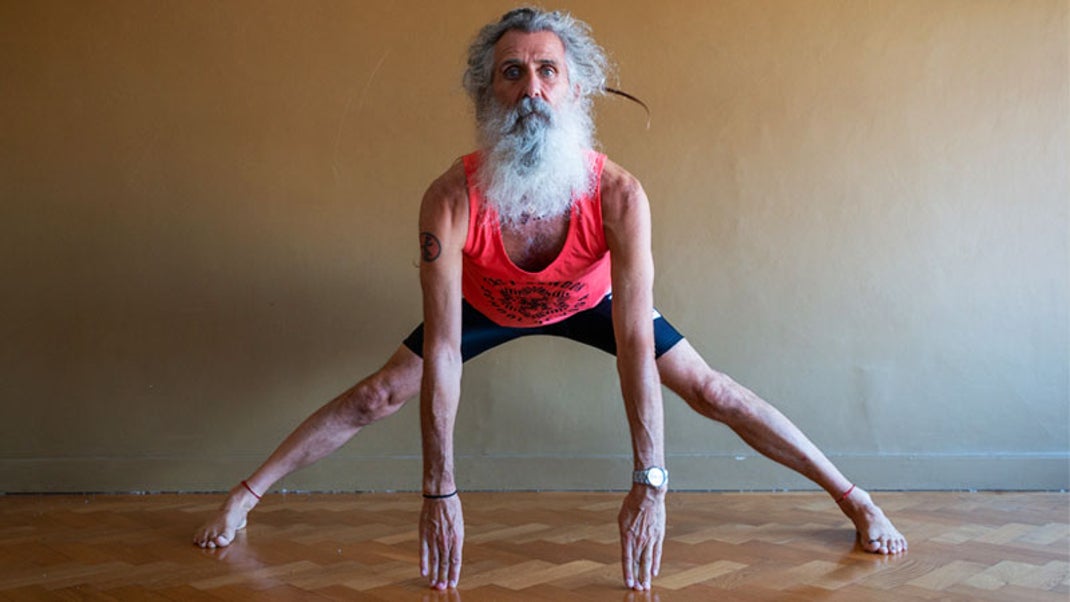I think it’s safe to say that Home Practice will never go out of style. It’s not just for musicians, but for anyone who wants to master a certain skill or improve themselves in any way. Home practice is underrated because it doesn’t have the same prestige as going out and performing on stage, yet it offers so much more potential!
When I started my yoga teacher training in the fall of 2019, I knew that I’d learn about yoga asana and philosophy. What I didn’t expect was how integral my home practice would become to my training—and my life.
After hours at the yoga studio, I’d get home at the end of the day and still want to practice. I’d run through a sequence that felt good in my body before I forgot it. I’d do restorative poses like Half Pigeon or Forward Bends at the wall to wind down from the day. Those periods of intentional movement evolved into what is still my home practice today.
Eventually, over the course of my training, I crafted three, 15-minute home practices and practiced them at the same time every day. I realized quickly what my body responded to well, and what it was resistant to—especially when I was rolling out my mat at 6 a.m. By the end of my training, the main tenets of my home practice were set, though they still required fine-tuning. I had created a routine that was suitable to my body’s needs—my activity level, my stressors, and my time.
I didn’t know it then, but the work I put in setting the stage for a successful home practice when the pandemic hit—and when I really needed it.
Why every yogi should have a home practice
The term “home practice” refers to any yoga practice that you do consistently, on your own, and in your own space. Those three tenets are what makes it so powerful, so ritualistic—you get to make it yours. You can include the poses that you like, add candles and blankets to make it cozy, and adjust it to your schedule. It can be as sacred as a secret you keep to yourself.
As I have gotten more comfortable in my home practice, I’ve played with new poses and transitions, and incorporated props and movements that make me smile. I’ve practiced sequences during which I flutter my lips and make noises, jump and dance around, synchronize with a metronome as I do breathwork, and so on.
Within the bounds of home practice, you are both the teacher and the student. There are no rules. In fact, anything can be a practice—from using breathwork while watering plants or running through a few asana poses while the oven preheats. You can weave your practice into your daily routine, even if it only fills a few uninterrupted minutes in your day.
Your post-lockdown home practice
Many studios across the U.S. are now open for in-person classes. But that doesn’t mean you should leave the home practice you cultivated during the pandemic behind.

Participating in a group class brings its own form of joy—you’ll reconnect with a community, hear breathing besides your own, and leave distractions, like your phone, at the door—but it’s important to recognize that you won’t always get what you need from a studio class. And that’s OK. Your home practice will never let you down because it’s designed for you and for you. It gives you what you need every time, whether that’s backbends or Kundalini, or stillness.
If more practical reasoning appeals to you, consider the convenience of home practice: There’s no commute or parking. You can use objects in your home as props. You can fall asleep if it feels right. And, you can be as loud, spacious, and weird as you want. Sometimes I’m too shy in class to exhale loudly, but at home, I can feel the benefit from an audible “Ahhhhh.”
How to keep your home practice fresh
If you developed a movement routine during the pandemic, now is the time to harness it and refine it. If not, you can start now. Give yourself 15 minutes each day to move the way you like. Here are five quick tips for keeping your home practice fresh and functional.
Mix it up
Every month, I recreate a sequence, including new poses, props, and styles to ensure that I continue challenging myself. I perform each sequence each day throughout the month and then reflect on what—and why—I’d like to change moving forward.
There is always work to be done, so even if I feel like I’ve perfected a pose, there are hundreds of other poses to practice. And by the time I cycle through a few, I revisit my “perfected” pose again and adjust it. By virtue of repetition, there is insight, and that’s what a home practice is all about.
Plan, video, sketch, repeat
Move freely and intuitively when you plan your practice. I like to videotape myself the first time I run through it so I don’t have to remember exactly what I did. From there, you can sketch, write, or draw your poses and movements to follow. You may notice that after a few rounds (or a few days) that your body has memorized the movements, so you can move more freely and pay attention to the small shifts or patterns.
Experiment with new styles
Use the privacy and comfort of your home to explore new lineages of yoga and find inspiration. For example, if you usually do Ashtanga, try mobility exercises. If you do power yoga, try pranayama. Maybe you want to give inversions a try and can practice near a wall or couch without the pressure of strangers watching you. Allow yourself to experiment and incorporate more than one type of yoga to make your practice more universal and unique.
Get out of your comfort zone
As you build the habit of consistent practice, get out of your comfort zone. Beyond trying different yoga styles, try changing your setting. Practice with music if it’s normally silent or turn the music off and only listen to your breath. Try flipping your breathing during Cat-Cow, inhaling as you round your spine and exhaling as you drop your belly and lift your head. You can even leave your space to practice on a porch, at a park, on a rooftop; your mat can go wherever you go.
Keep a journal
Some of my past teachers emphasize knowing what you do to notice how you do things. Do you stand with your weight in the balls of your feet or heels? Do your pinky fingers and toes splay out away from the rest of your hand and foot? I highly recommend journaling after you’ve completed each practice, even if it’s only a sentence. Take note of where and when your mind wanders. Record what times of day you feel the most energetic. You can use all these observations to fine-tune your practice to better fit you.
Conclusion:
Home practice is a powerful tool to build the foundation of self-discipline, intuition, and awareness. Home practice can be challenging because it’s yours alone, but you are worth every ounce of effort.




